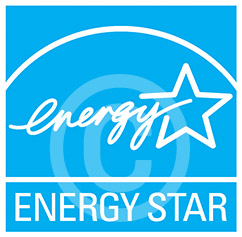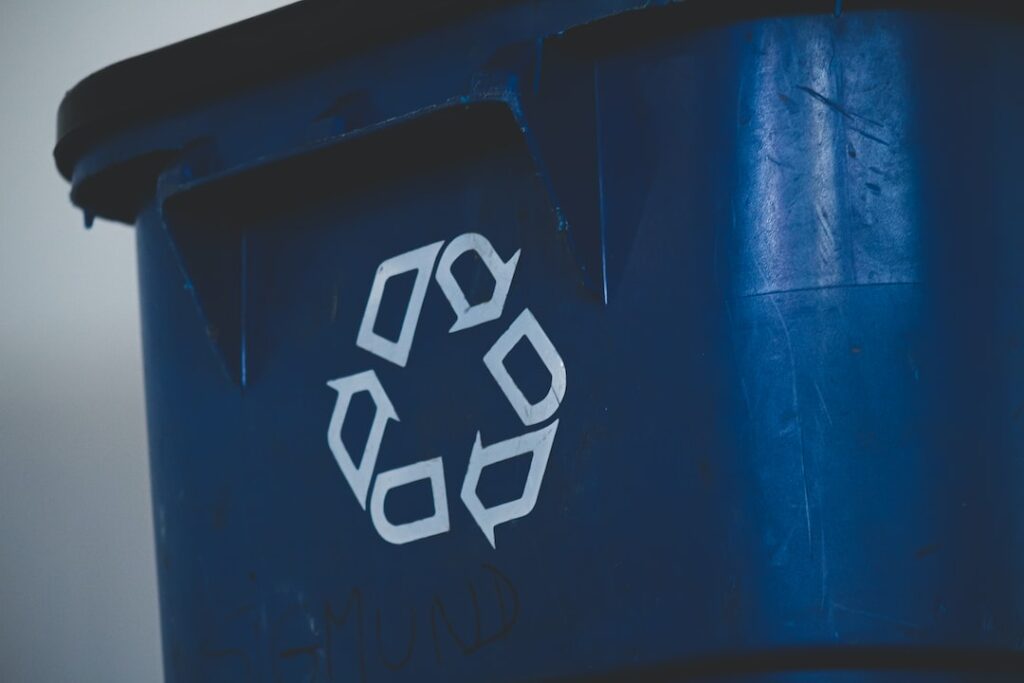If you’re looking to save money and energy, go green with Energy Star certified buildings. This certification means that your building meets strict energy efficiency guidelines set by the EPA.
In addition to saving money on your energy bills, Energy Star certified buildings use less water and protect the environment.
Table of Contents
- Energy Star Certified Buildings Save Money and Energy
- Energy Star Certified Buildings Use Less Water
- Energy Star Certified Buildings Protect the Environment
- How to Get an Energy Star Certification for Your Building
- Use Energy-Efficient Lighting
- Install Energy Star Certified Windows
- Use Energy-Efficient Appliances
- Implement a Green Power Plan
- Weatherize Your Building
- Lower Utility Bills
- Greater Comfort
- Better Indoor Air Quality
- Less Maintenance
- Increased Resale Value
- Frequently Asked Questions
- What does it mean to be ENERGY STAR certified?
- What is the difference between LEED and ENERGY STAR?
- Is ENERGY STAR qualified the same as certified?
- How do I get my ENERGY STAR certification?
- Conclusion
Energy Star Certified Buildings Save Money and Energy
By using less energy, Energy Star-certified buildings help protect our environment.
And, since they use less energy, they also save money on utility bills. Certified buildings are at least 15% more energy efficient than standard buildings.
When they use less energy to operate, they reduce their environmental impact and their operating costs.
To earn the ENERGY STAR label, a building must perform in the top 25% of similar buildings nationwide, as determined by the U.S. Environmental Protection Agency (EPA).
There are many ways to make a building more energy efficient.
- Energy-efficient heating and cooling systems.
- Top-notch insulation.
- Energy-efficient lighting.
- ENERGY STAR certified appliances and office equipment.
For building owners, making your building more energy efficient is a smart investment. Not only will you save money on utility bills but you’ll also make your building more valuable and attractive to tenants.
If you’re looking to boost your rental income, consider turning your property into an Energy Star-certified building. It’s a smart investment that will pay off for years to come.
Energy Star Certified Buildings Use Less Water
When it comes to saving water, Energy Star-certified buildings are leading the way. These buildings are designed to use less water, and that can have a big impact on your water bill.
In fact, Energy Star-certified buildings can save you up to 30% on your water bill. That’s huge and it’s something that everyone can appreciate.
Energy Star Certified Buildings Protect the Environment
If you’re interested in doing your part to protect the environment, you may want to consider looking into Energy Star-certified buildings.
These buildings are designed to be more energy efficient than traditional buildings, and as a result, they produce fewer greenhouse gas emissions.
In addition, Energy Star-certified buildings in top cities often come with other benefits such as improved indoor air quality.
How to Get an Energy Star Certification for Your Building
The ENERGY STAR certification is a voluntary program that helps businesses and individuals save money and protect our environment through energy-efficient products and practices.
To earn the certification, a building must meet strict energy performance standards set by the U.S. Environmental Protection Agency (EPA). These standards are based on the building’s type, size, and location.
There are many ways to make your building more energy efficient and earn the ENERGY STAR certification.
1. Use Energy-Efficient Lighting
Compact fluorescent lamps (CFLs) and light-emitting diode (LED) bulbs use less energy than traditional incandescent bulbs and last longer.
2. Install Energy Star Certified Windows
These windows are designed to reduce heat loss in the winter and heat gain in the summer, resulting in lower energy bills.
3. Use Energy-Efficient Appliances
Energy Star-certified appliances use less energy than standard models and can save you money on your utility bills.
4. Implement a Green Power Plan
Green power is electricity that is generated from renewable sources like solar, wind, or hydropower.
5. Weatherize Your Building
Weatherization is the process of making your building more energy efficient by sealing cracks and gaps, insulating walls and ceilings, and improving the efficiency of your heating and cooling system.
By taking these simple steps, you can make your building more energy efficient and save money on your energy bills.
Plus, you’ll be doing your part to protect the environment.

(Source)
Benefits of an Energy-Efficient Home
As a homeowner, you know that there are many benefits to owning an energy-efficient home. From lower utility bills to a smaller carbon footprint, energy efficiency is a smart choice for both your wallet and the environment.
One way to make your home more energy efficient is to look for the ENERGY STAR label when shopping for new appliances and electronics.
Products that earn the ENERGY STAR label are independently certified to meet strict energy efficiency guidelines set by the U.S. Environmental Protection Agency (EPA).
When you see the ENERGY STAR label on a product, you can be confident that you are buying a product that will save you energy and money while also helping to protect the environment.
There are many benefits to owning ENERGY STAR-certified appliances.
1. Lower Utility Bills
ENERGY STAR-certified appliances draw less energy than standard appliances which can save you money on your monthly utility bills.
2. Greater Comfort
ENERGY STAR-certified HVAC appliances are designed for improved comfort, so you can enjoy a more comfortable indoor environment.
3. Better Indoor Air Quality
ENERGY STAR-certified buildings help improve indoor air quality by reducing the release of pollutants into the air.
4. Less Maintenance
ENERGY STAR-certified buildings often require less maintenance than standard buildings, which can save you time and money.
5. Increased Resale Value
ENERGY STAR-certified buildings typically sell for a higher price than standard buildings, so you may earn a higher return on your investment when you sell your home.
Frequently Asked Questions
What does it mean to be ENERGY STAR certified?
ENERGY STAR-certified buildings use an average of 35% less energy than typical buildings and also release 35% less carbon dioxide into the atmosphere.
What is the difference between LEED and ENERGY STAR?
The difference between LEED and ENERGY STAR is that LEED is a third-party certification program that verifies a building meets certain energy-efficiency standards, while ENERGY STAR is a government-backed labeling program that indicates a building meets or exceeds energy-efficiency standards.
Is ENERGY STAR qualified the same as certified?
No, ENERGY STAR qualified buildings must meet specific energy performance criteria set by the EPA, while certified buildings may have any level of energy performance.
How do I get my ENERGY STAR certification?
The process for obtaining ENERGY STAR certification for a building can vary depending on the region in which the building is located.
Here are a few tips to get started.
- Review the requirements for ENERGY STAR-certified buildings in your area.
- Identify an accredited certifier who can assess your building against the ENERGY STAR criteria.
- Work with your certifier to develop a plan for achieving ENERGY STAR certification for your building.
Conclusion
If you’re looking to save money and energy, get your building Energy Star certified. This certification means that your building meets the strict guidelines set by the EPA for energy efficiency and carbon emissions.
In addition to saving money on your energy bills, Energy Star certified buildings use less water and protect the environment. Getting your building Energy Star certified is a great way to save money and help the planet at the same time!





